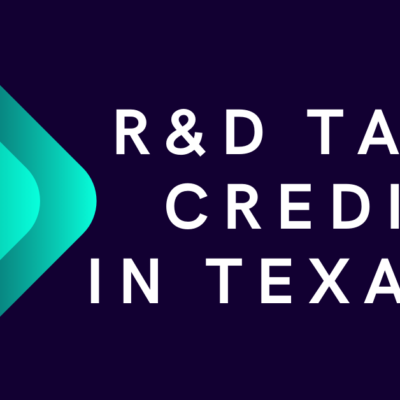Does Your Business Qualify For Pennsylvania R&D Tax Credit?
Pennsylvania is a state that has been investing in its economy because the industries here are some of America’s most innovative. Businesses count on PA R&D tax credit to improve their products and processes. This credit program contributes positively towards the global market through increased innovation.
The economy of this state is a modern, technological-driven one. With an output of over $720 billion in 2019 and climbing exponentially – Pennsylvania has become what many call “the true heartland” for America due to its expansive nature and diverse intricacies within each sector like technology, pharma, food, etc.
The state offers many opportunities for companies who want to innovate. In 2018, over 1,100 businesses from all across various industries took advantage by utilizing federal and/or PA research and development tax credits.
Federal Research & Development Tax Credit Defined
The federal research and development tax credit has been around since 1981. This permanent provision offers a benefit that ranges from 4% to 7% for qualified expenses for new/improved products or processes.
The taxpayers must engage in R&D, which can be anything from experiments or process improvements. This type of expense should eliminate uncertainty and come up with one clear understanding through experimentation that considers all possibilities for a product/process improvement. Plus, the research activities must be a component of the business of taxpayers and technological in nature.
The IRS treats qualified research as business expenses, which can be deducted from your taxes and may include one or more of the following:
- Wages paid to employees in the U.S.
- Supplies consumed while working on projects related to R&D Process costs of pre-production testing before releasing products
- Patenting procedures
Note: These are only some examples among many others so make sure you consult an expert.
The PATH Act, which became law on December 18th, 2015, makes the R&D Tax Credit permanent and provides relief for companies with low revenue. In addition to this breakthrough in tax credits, it offers several other benefits, such as allowing startups who have not yet earned any money or distributed products from their business to qualify as well.
PA Research and Development Tax Credit Defined
There is a lot of similarity between the federal and PA research and development tax credit. The following expenditures can be eligible for credit in Pennsylvania:
- Direct expenses for research activities
- Wages for eligible research services
- 65% of total spendings on contracted research
This credit is not just limited to manufacturing businesses. In fact, many non-manufacturing companies get it each year.
A new report finds that from 2008-2017, around 208 PA taxpayers received a PA R&D tax credit. Here are some interesting facts about them:
- Sixty-six of them earned it as eligible small businesses.
- Seventy-0ne businesses were from the non-manufacturing industry
- The total compounded annual growth rate of PA R&D disbursement for SMBs was 15%
How do Pennsylvania Tax Credits Differ from Federal Ones?
Despite several similarities, PA research and development tax credit is quite different from the federal credit. The following are some differences in terms of deciding eligible activities:
- Businesses can carry forward unused research credit for up to 15 years
- Tax credits are sellable and transferable
- The current total availability of tax credit in PA is $55 billion
- The state has reserved $11 million of tax credits for SMBs
- Expenses incurred in a Keystone Opportunity Zone (KOZ) do not get the credit
- PA tax credit is non-refundable
- Taxpayers must have eligible research expenditures in at least one preceding tax year
Check If You are Eligible for PA R&D Tax Credit
Experienced tax consultants of the TIER Group can help you if you have any doubts about the calculation methods. Book your call today! Our specialist will contact you within 1-2 business days.


